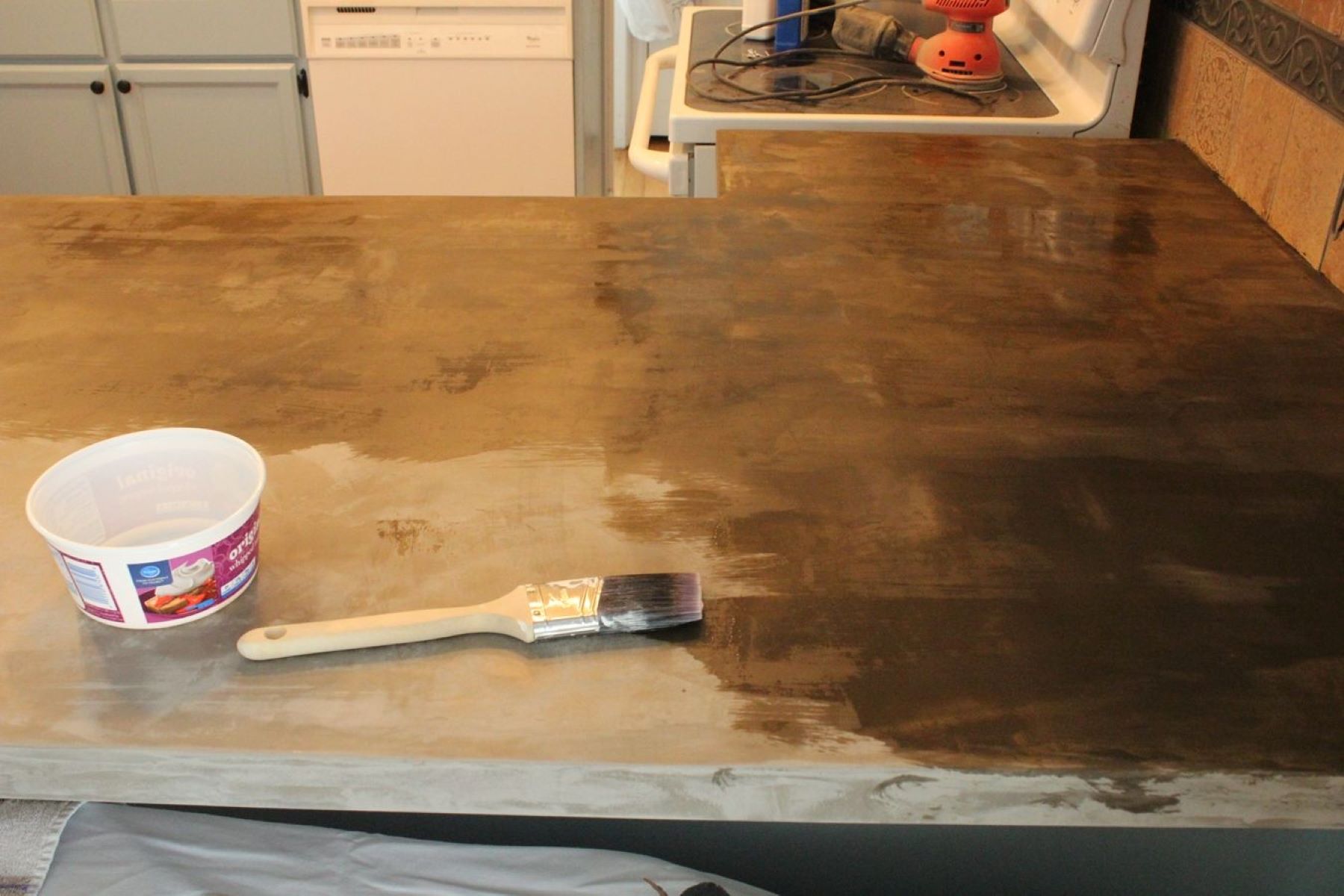

Articles
How To Seal Concrete Countertops
Modified: December 7, 2023
Learn how to seal your concrete countertops with these informative articles. Find step-by-step instructions and expert tips. Enhance the durability and longevity of your countertops today!
(Many of the links in this article redirect to a specific reviewed product. Your purchase of these products through affiliate links helps to generate commission for Storables.com, at no extra cost. Learn more)
Introduction
Welcome to our comprehensive guide on how to seal concrete countertops. Concrete countertops have become a popular choice for homeowners due to their durability, versatility, and unique aesthetic appeal. However, to ensure their longevity and resistance to stains and damage, it is crucial to properly seal them. In this article, we will walk you through the step-by-step process of sealing your concrete countertops, from preparation to maintenance.
Before we dive into the specifics, let’s quickly understand why sealing concrete countertops is important. Although concrete is inherently a durable material, it is still susceptible to stains from foods, liquids, and chemicals. Additionally, concrete countertops are porous, meaning they have tiny openings that can absorb moisture and debris, leading to unsightly stains and potential damage. Sealing the countertops creates a protective barrier that prevents stains and moisture from penetrating the surface, increasing their resistance to everyday wear and tear.
Now that we know why sealing is necessary, let’s move on to the materials and tools you’ll need for the process.
Key Takeaways:
- Properly sealing concrete countertops is essential to protect them from stains and damage. From preparation to maintenance, following the right techniques and choosing the appropriate sealer ensures longevity and resistance to everyday wear and tear.
- Maintaining sealed concrete countertops through regular cleaning, avoiding heat and sharp objects, and periodic inspections is crucial for preserving their beauty and performance. By following these steps, you can enjoy the benefits of sealed concrete countertops for years to come.
Read more: How To Seal A Concrete Patio
Materials and Tools Needed
Before you begin sealing your concrete countertops, make sure you have the following materials and tools ready:
- A high-quality concrete sealer: There are various types of concrete sealers available, such as topical sealers, penetrating sealers, and epoxy coatings. Choose a sealer that is specifically designed for use on countertops and suits your desired level of gloss and protection.
- Protective gear: Wear gloves, safety glasses, and a respiratory mask to protect yourself from any potential fumes or irritants.
- Cleaner: Use a pH-neutral cleaner specifically formulated for concrete countertops to remove any dirt, grease, or stains before applying the sealer.
- Microfiber cloths or applicator pads: These are essential for applying the sealer evenly and smoothly.
- Paintbrushes or foam brushes: These are useful for applying the sealer to edges and hard-to-reach areas.
- Plastic or drop cloth: Cover any surrounding surfaces or cabinets with plastic or drop cloths to protect them from sealer drips.
- Sanding materials: If your countertops have any imperfections or rough spots, you may need sandpaper or a sanding block to smoothen them before applying the sealer.
- Masking tape: Use masking tape to protect adjacent surfaces, like walls or backsplashes, from accidental sealer application.
- Wax or polish (optional): If you prefer a glossy finish, you may want to apply a food-safe wax or polish after sealing for extra shine and protection.
Having these materials and tools ready will ensure a smooth and efficient sealing process for your concrete countertops. Next, we will move on to the steps involved in preparing the countertops for sealing.
Preparing the Concrete Countertops
Proper preparation is essential to ensure the best results when sealing your concrete countertops. Follow these steps to prepare your countertops:
- Start by thoroughly cleaning the countertops. Remove any debris, dust, or stains using a pH-neutral cleaner specifically designed for concrete. Follow the manufacturer’s instructions for dilution and application.
- If there are any rough spots or imperfections on the surface, use sandpaper or a sanding block to smoothen them out. Be sure to wipe away the dust after sanding.
- Inspect the countertops for any cracks or chips. Fill in any small cracks or holes with a high-quality concrete patch filler. For larger cracks or damage, consult a professional for repair.
- Once the patch filler is dry, use a fine-grit sandpaper to smooth the patched areas until they blend seamlessly with the rest of the countertop. Wipe away any dust residue with a clean cloth.
- Next, check the edges of the countertops. If they are sharp or uneven, use sandpaper to gently round the edges and create a smooth profile.
- After sanding, thoroughly clean the countertops again to remove any remaining dust or debris. Allow them to dry completely before moving on to the next step.
By cleaning, sanding, and repairing any imperfections, you ensure a clean and smooth surface for the sealer to adhere to. This will result in a more effective and long-lasting seal. With the countertops prepared, it’s time to select the right sealer for your project. Let’s proceed to the next section.
Choosing the Right Sealer
Choosing the right sealer for your concrete countertops is crucial to achieve the desired level of protection and aesthetics. Here are some factors to consider when selecting a sealer:
- Type of sealer: There are different types of sealers available, including topical sealers, penetrating sealers, and epoxy coatings. Topical sealers sit on the surface and provide a protective layer that is visible and offers various levels of gloss. Penetrating sealers, on the other hand, penetrate into the concrete to create a protective barrier without altering the appearance of the surface. Epoxy coatings offer a more durable and stain-resistant finish but may require professional installation.
- Gloss level: Consider the level of gloss you want for your countertops. Sealers are available in various finishes, from low-gloss to high-gloss. Think about the overall aesthetic of your kitchen or bathroom and choose a sealer that complements it.
- Resistance: Determine the level of resistance you need from the sealer. If your countertops are exposed to high levels of moisture or heavy use, look for a sealer that offers excellent resistance to water, stains, heat, and chemicals.
- Food safety: If your countertops are in the kitchen or used for food preparation, opt for a sealer that is specifically labeled as food-safe and non-toxic.
- Ease of application: Consider your skill level and the ease of application for the sealer you choose. Some sealers require multiple coats or specific application techniques, so be sure to read and follow the manufacturer’s instructions.
- Budget: Lastly, consider your budget. Sealers can vary in price depending on the type, brand, and quantity. Determine your budget range and find a sealer that fits within it while still meeting your desired qualities.
Research different sealers, read reviews, and consult with professionals if needed to make an informed decision. Once you have chosen the right sealer, it’s time to move on to the application process. We will cover that in the next section.
When sealing concrete countertops, make sure to use a high-quality sealer specifically designed for concrete. Apply multiple thin coats for best results, and follow the manufacturer’s instructions for proper application and drying times.
Applying the Sealer
Now that you have selected the appropriate sealer for your concrete countertops, it’s time to apply it. Follow these steps for a successful application:
- Start by thoroughly reading and following the manufacturer’s instructions on the sealer packaging. Different sealers may have specific application guidelines and drying times.
- Ensure that the countertops are clean and dry before applying the sealer. Remove any dust or debris with a microfiber cloth.
- If you are using a topical sealer, shake the container well to mix the contents. Pour a small amount of the sealer into a separate container for easier application.
- Dip a clean microfiber cloth or applicator pad into the sealer and begin applying it to the countertops. Work in small sections, applying the sealer in a thin and even layer. Avoid overlapping or thickening the sealer, as this can lead to uneven drying and appearance.
- For edges and hard-to-reach areas, use a small paintbrush or foam brush to apply the sealer.
- Allow the initial coat to dry according to the manufacturer’s instructions. This may take several hours or overnight.
- If necessary, apply a second coat of sealer for added protection. Again, follow the instructions for drying time between coats.
- After the final coat has dried, inspect the countertops for any missed spots or uneven areas. Touch up these areas by applying a small amount of sealer with a brush or cloth.
- Remove any excess sealer that may have pooled or dripped on the surface with a clean cloth or paper towel.
Once you have applied the sealer, allow it to cure and dry completely. This process can take several days, so be patient and avoid using the countertops until the sealer is fully cured.
Now that the sealer is applied, it’s important to understand how to properly maintain your sealed concrete countertops. We will cover this topic in the next section.
Read more: How To Seal A Concrete Floor
Curing and Drying
After applying the sealer to your concrete countertops, it is important to allow sufficient time for proper curing and drying. This process is essential to ensure the sealer fully bonds with the concrete and provides optimal protection. Here’s what you need to know:
- Curing time: The curing time refers to the period needed for the sealer to fully harden and develop its protective properties. This can vary depending on the type of sealer and environmental conditions. It is crucial to follow the manufacturer’s instructions regarding the recommended curing time. Typically, the initial curing stage can range from 24 to 48 hours.
- Drying time: While the sealer may feel dry to the touch after the initial curing stage, it is important to note that complete drying and full cure can take longer. In most cases, it is recommended to wait at least 3 to 4 days before subjecting the sealed countertops to heavy use or placing objects on them. However, the drying time may vary based on factors such as temperature and humidity.
- Avoid moisture: During the curing and drying process, it is crucial to minimize exposure to moisture. Avoid direct contact with water, spills, or excessive humidity, as this can interfere with the curing process and compromise the effectiveness of the sealer.
- Protective measures: While the sealer is curing and drying, take additional precautions to protect the countertops. Place cutting boards or protective mats when working with sharp objects or hot items. Also, avoid using harsh chemical cleaners or abrasive materials during this time to prevent damage to the freshly sealed surface.
- Regular maintenance: Once the sealer has fully cured and dried, make sure to follow regular maintenance practices to keep your sealed concrete countertops in top condition. This includes wiping up spills promptly, using mild cleaners specifically formulated for sealed surfaces, and avoiding sharp or abrasive objects that can scratch the sealer.
By allowing adequate time for proper curing and drying, you can ensure maximum protection and longevity for your sealed concrete countertops. Now that you are familiar with the curing process, let’s move on to the final section, which covers maintaining sealed concrete countertops.
Maintaining Sealed Concrete Countertops
Proper maintenance is key to preserving the beauty and effectiveness of your sealed concrete countertops. By following these guidelines, you can ensure their longevity and keep them looking their best:
- Regular cleaning: Clean your sealed concrete countertops regularly using a pH-neutral cleaner specifically designed for use on sealed surfaces. Avoid using abrasive or harsh cleaners, as they can strip away the sealer and damage the surface. Wipe spills promptly to prevent staining.
- Avoid heat and sharp objects: While concrete countertops are durable, it’s best to use trivets or hot pads under hot cookware to prevent heat damage. Similarly, use cutting boards and avoid directly cutting or chopping on the surface to avoid scratching the sealer.
- Reapply sealer as needed: Over time, the protective seal on the countertops may wear off due to heavy use or cleaning. Check the condition of the sealer periodically, and if you notice water no longer beads up on the surface, it may be time to reapply the sealer. Follow the manufacturer’s instructions for reapplication.
- Avoid harsh chemicals: Avoid using harsh chemicals or cleaners that contain acid, bleach, or ammonia, as they can damage the sealer. Stick to mild, non-abrasive cleaners that are safe for use on sealed surfaces.
- Preventative measures: Use coasters under glasses and containers to prevent moisture rings. Be mindful of staining agents such as red wine, coffee, or oils, and wipe them up promptly to prevent staining. While concrete countertops are durable, taking preventative measures can extend their lifespan.
- Regular inspections: Periodically inspect your sealed concrete countertops for any signs of wear, scratches, or stains. Promptly address any issues to prevent further damage and ensure the longevity of your countertops.
By following these maintenance practices, you can keep your sealed concrete countertops looking their best and ensure their continued protection against stains and damage. With proper care, your countertops will provide you with years of enjoyment.
We hope this guide has helped you understand the process of sealing concrete countertops and the importance of ongoing maintenance. By taking the necessary steps, you can keep your countertops in top condition and enjoy their beauty and functionality for years to come.
Remember, if you have any specific concerns or questions about your concrete countertops or the sealing process, it’s always a good idea to consult with a professional for personalized advice.
Happy sealing!
Conclusion
Sealing concrete countertops is a crucial step in protecting their beauty and enhancing their longevity. By following the right techniques and using the appropriate materials, you can ensure that your countertops are well-protected from stains, spills, and everyday wear and tear.
In this comprehensive guide, we have walked you through the process of sealing your concrete countertops, starting from preparing the surface and choosing the right sealer, to applying the sealer and allowing it to cure and dry. We have also provided helpful tips on maintaining your sealed concrete countertops to keep them looking their best for years to come.
Remember, proper preparation is key to achieving the best results when sealing your concrete countertops. Take the time to clean, repair, and smoothen the surface before applying the sealer. Choosing the right sealer that suits your desired protection level and aesthetic preferences is also important.
When it comes to applying the sealer, follow the manufacturer’s instructions, work in small sections, and ensure even coverage. Allow the sealer to cure and dry fully before subjecting your countertops to heavy use or placing objects on them. This ensures the sealer bonds properly and provides maximum protection.
Maintaining your sealed concrete countertops is equally important. Regular cleaning, avoiding heat and sharp objects, and periodically inspecting the sealer’s condition are all crucial for preserving the beauty and performance of your countertops.
By following these steps and practicing proper maintenance, you can enjoy the benefits of sealed concrete countertops for years to come. So, roll up your sleeves, gather the necessary materials and tools, and get ready to seal your concrete countertops to enhance their durability and beauty.
We hope this guide has provided you with the knowledge and confidence to successfully seal and maintain your concrete countertops. If you have any further questions or concerns, don’t hesitate to seek professional assistance for personalized advice.
Happy sealing and enjoy your beautiful, protected concrete countertops!
Frequently Asked Questions about How To Seal Concrete Countertops
Was this page helpful?
At Storables.com, we guarantee accurate and reliable information. Our content, validated by Expert Board Contributors, is crafted following stringent Editorial Policies. We're committed to providing you with well-researched, expert-backed insights for all your informational needs.
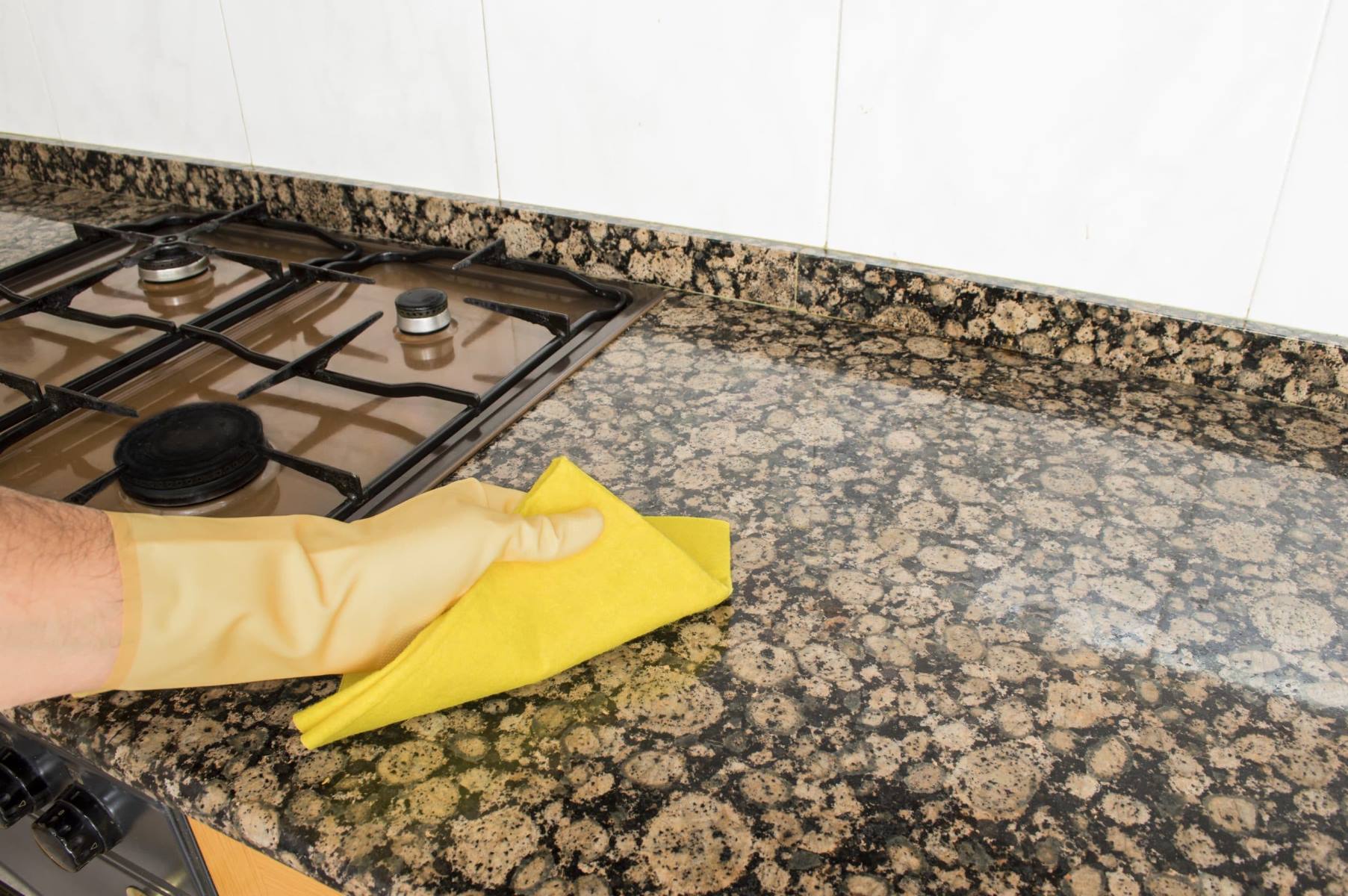
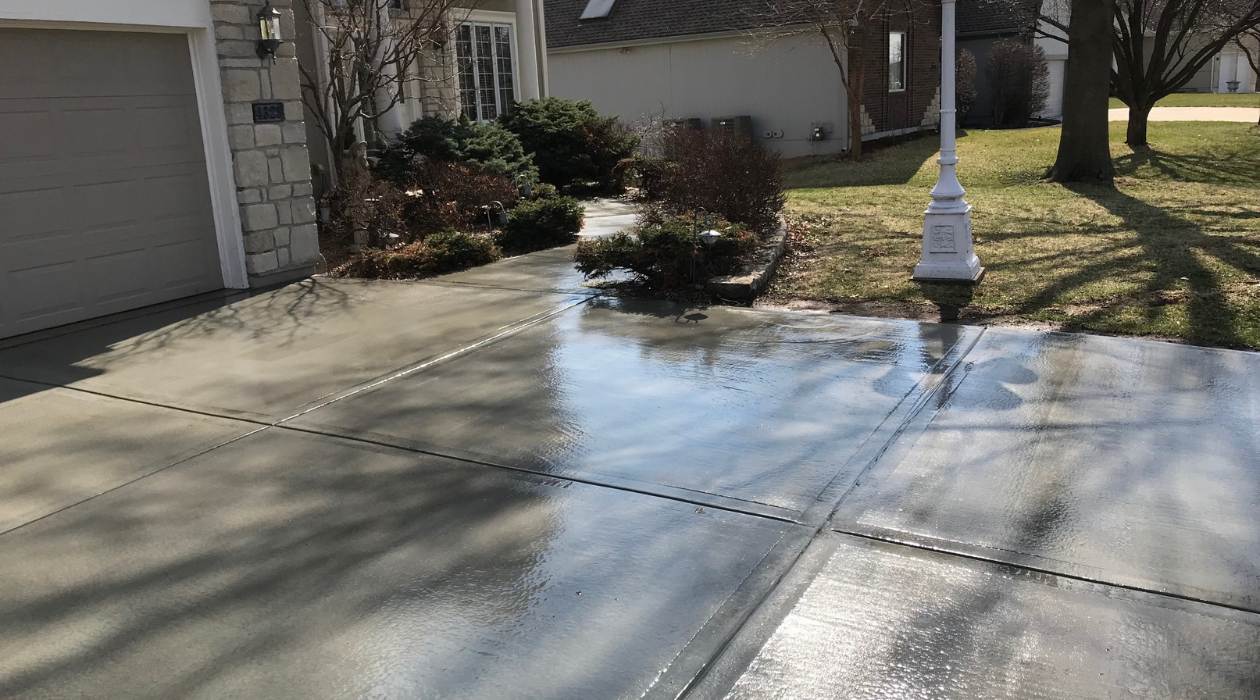
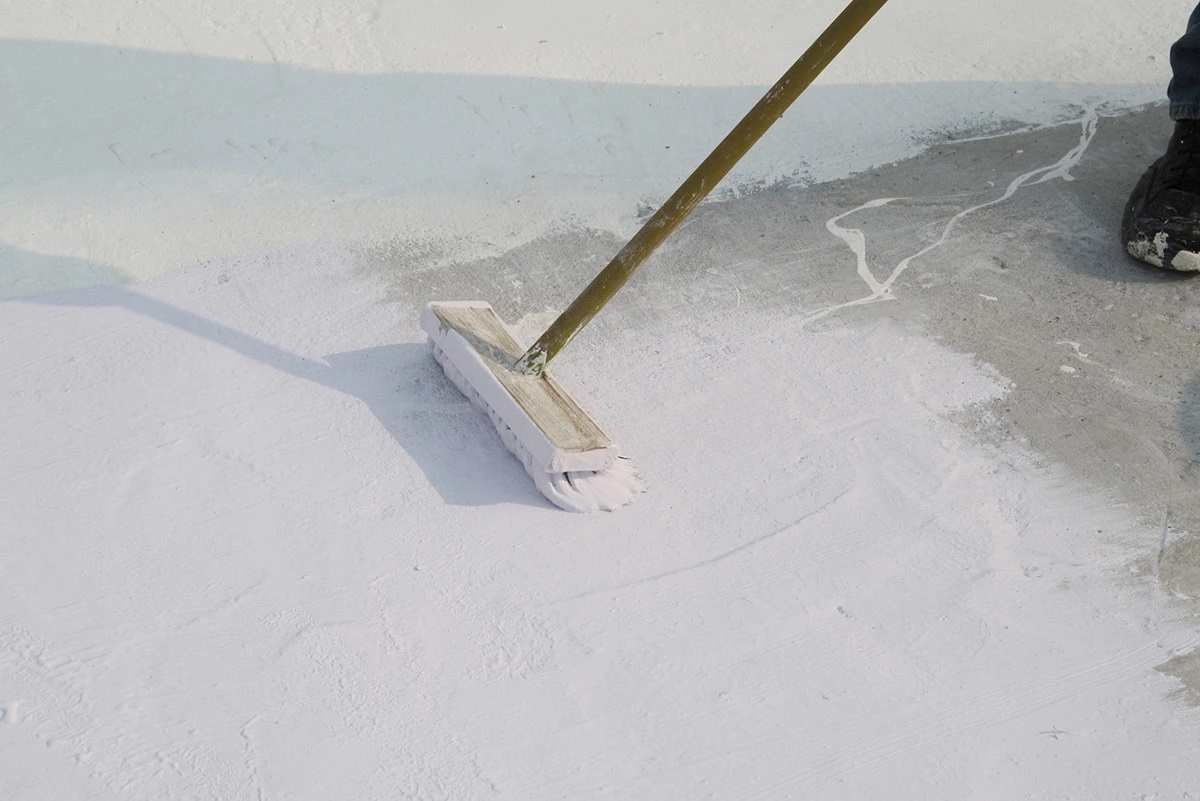
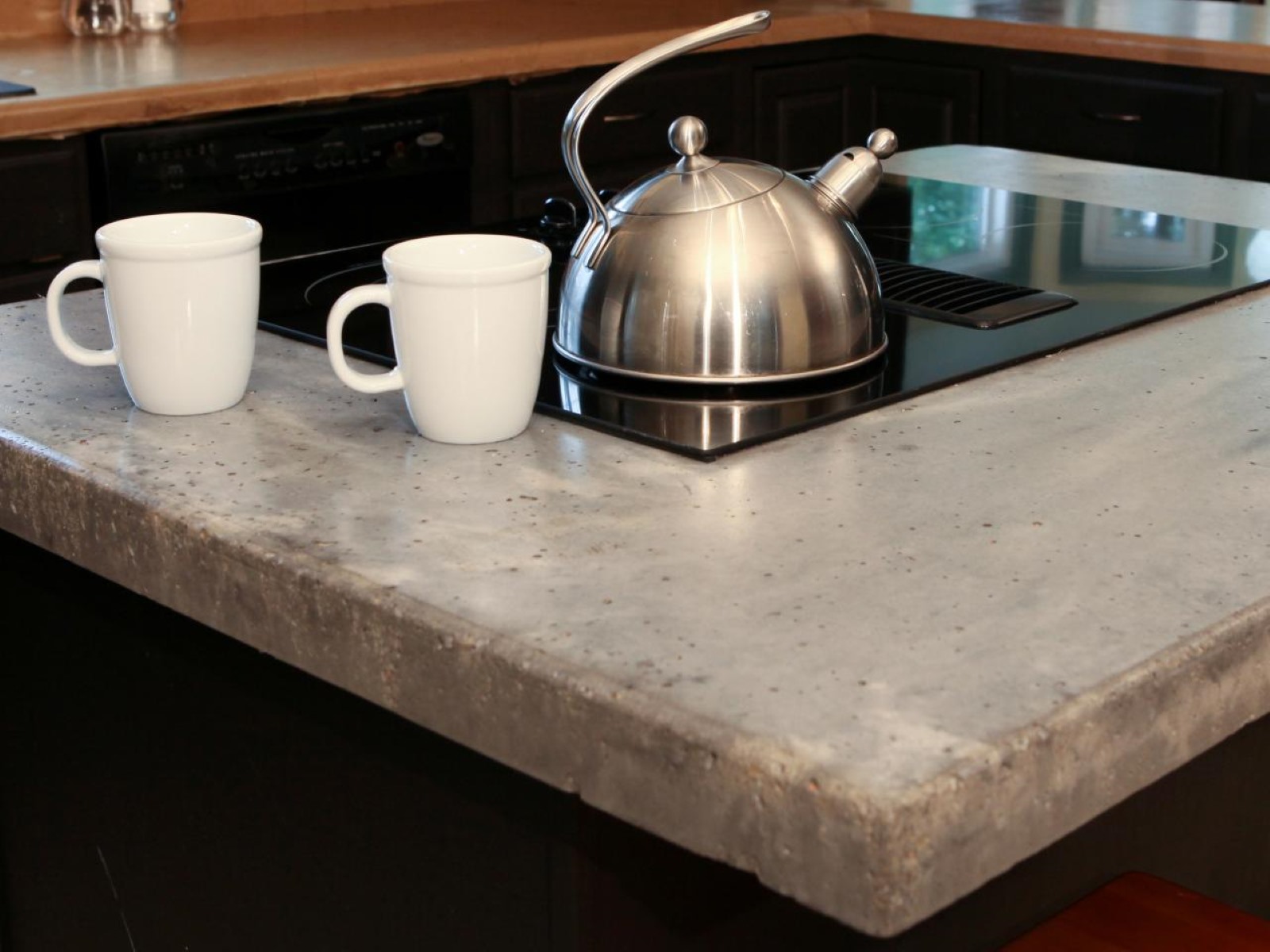
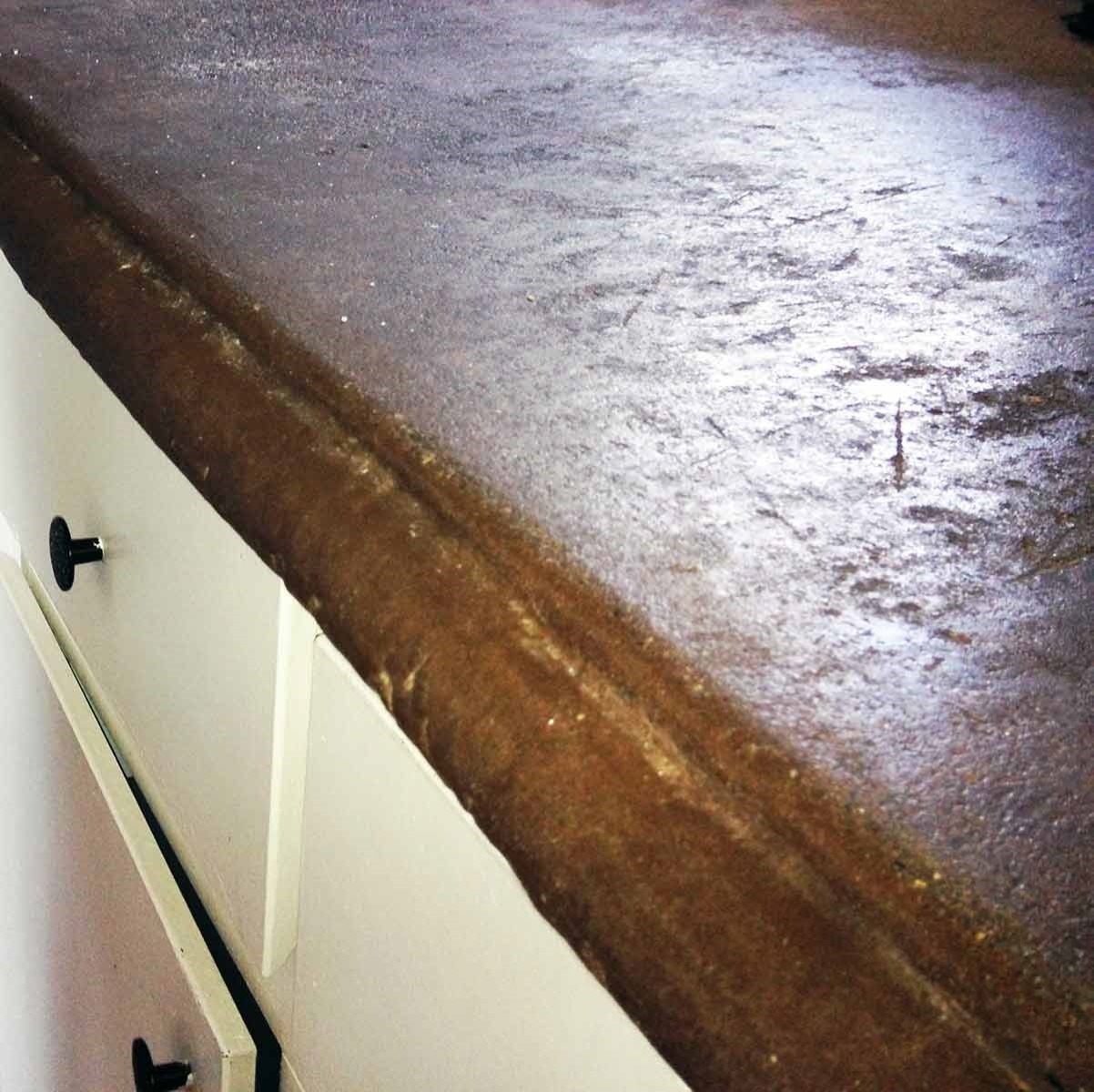
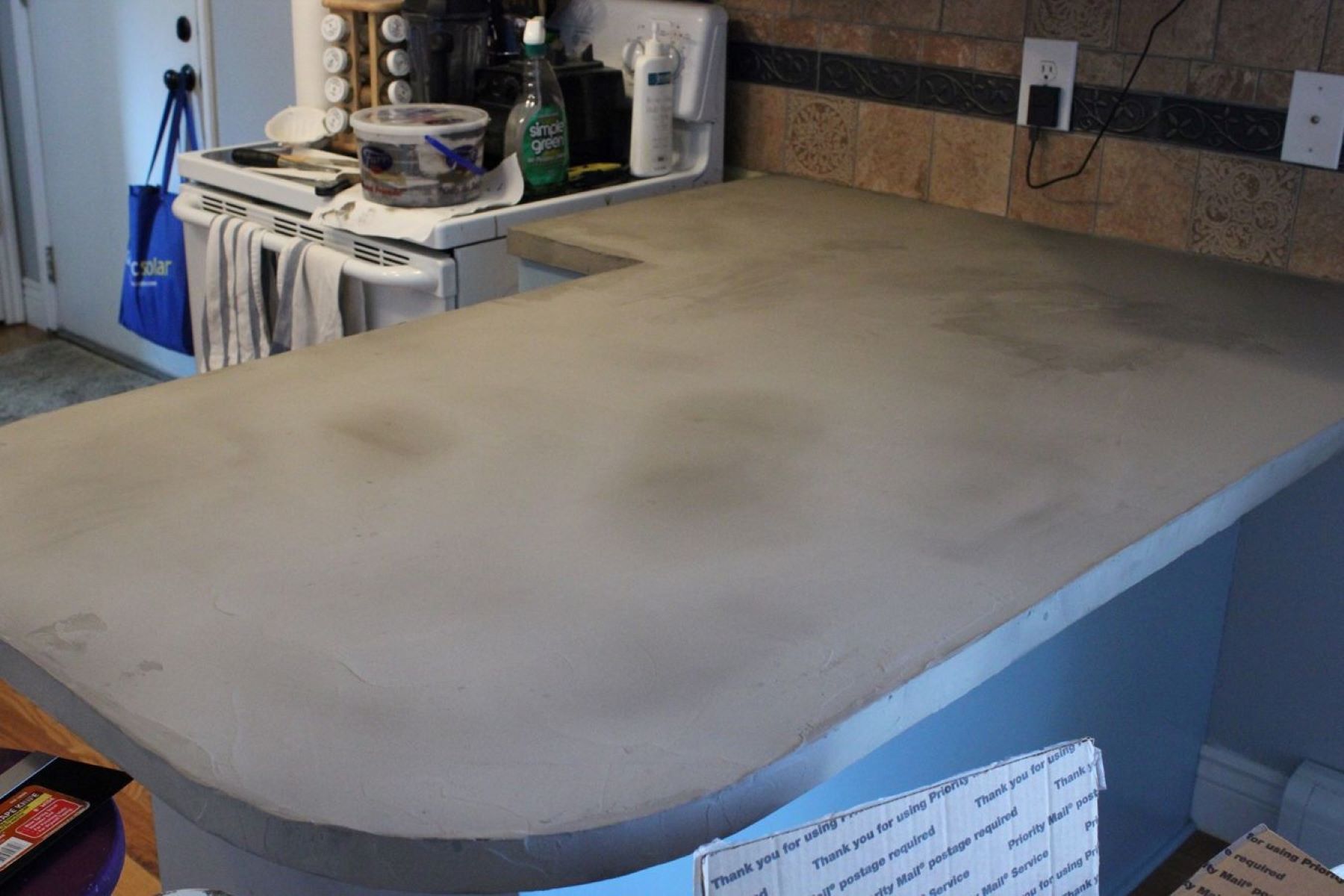
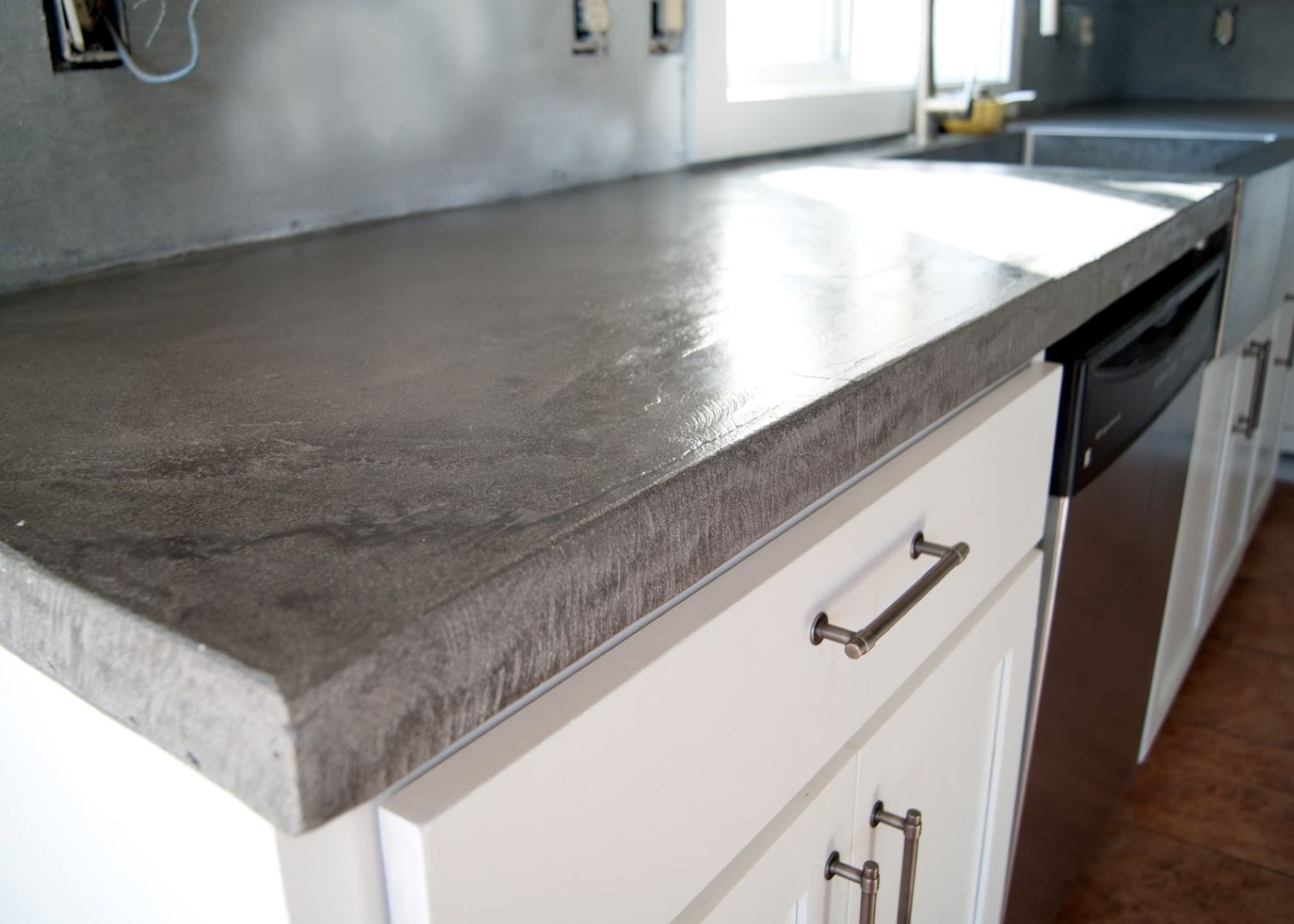
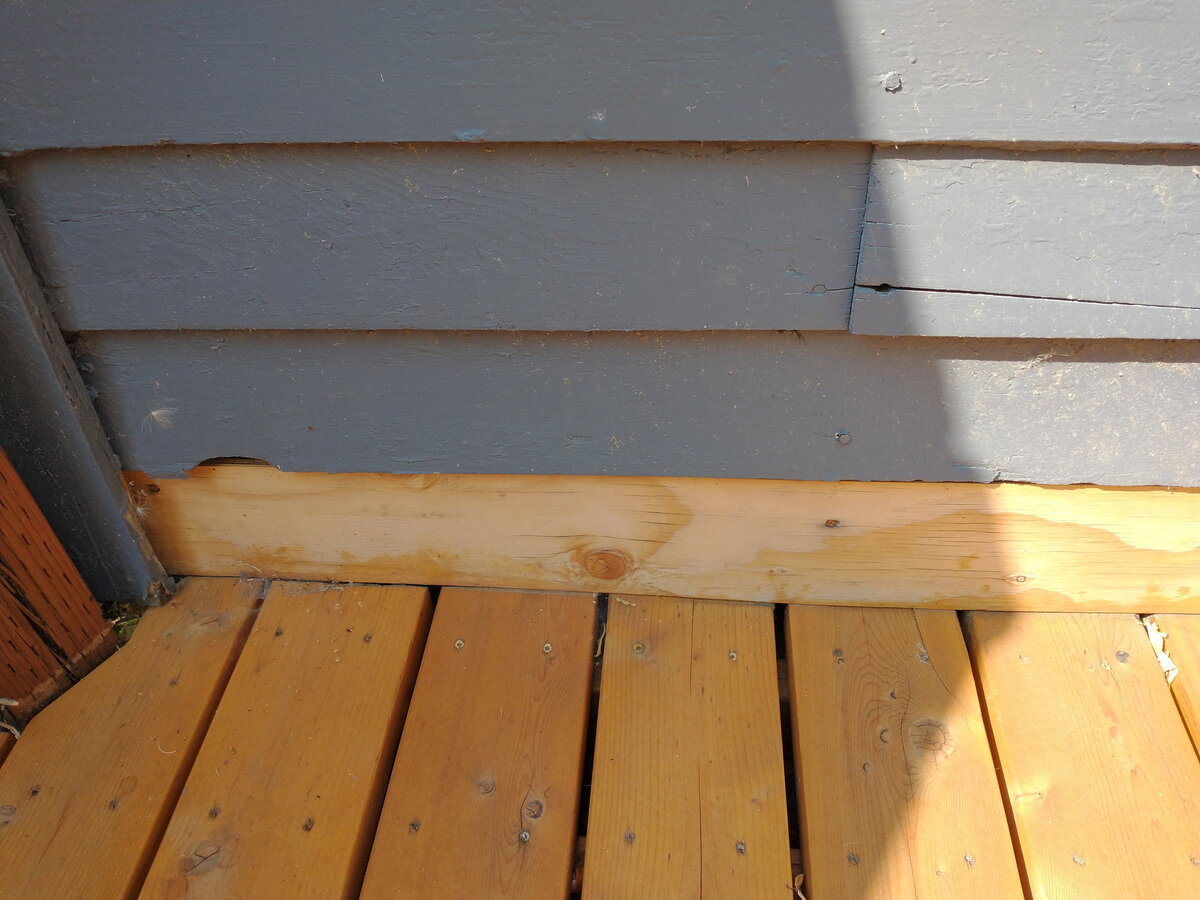
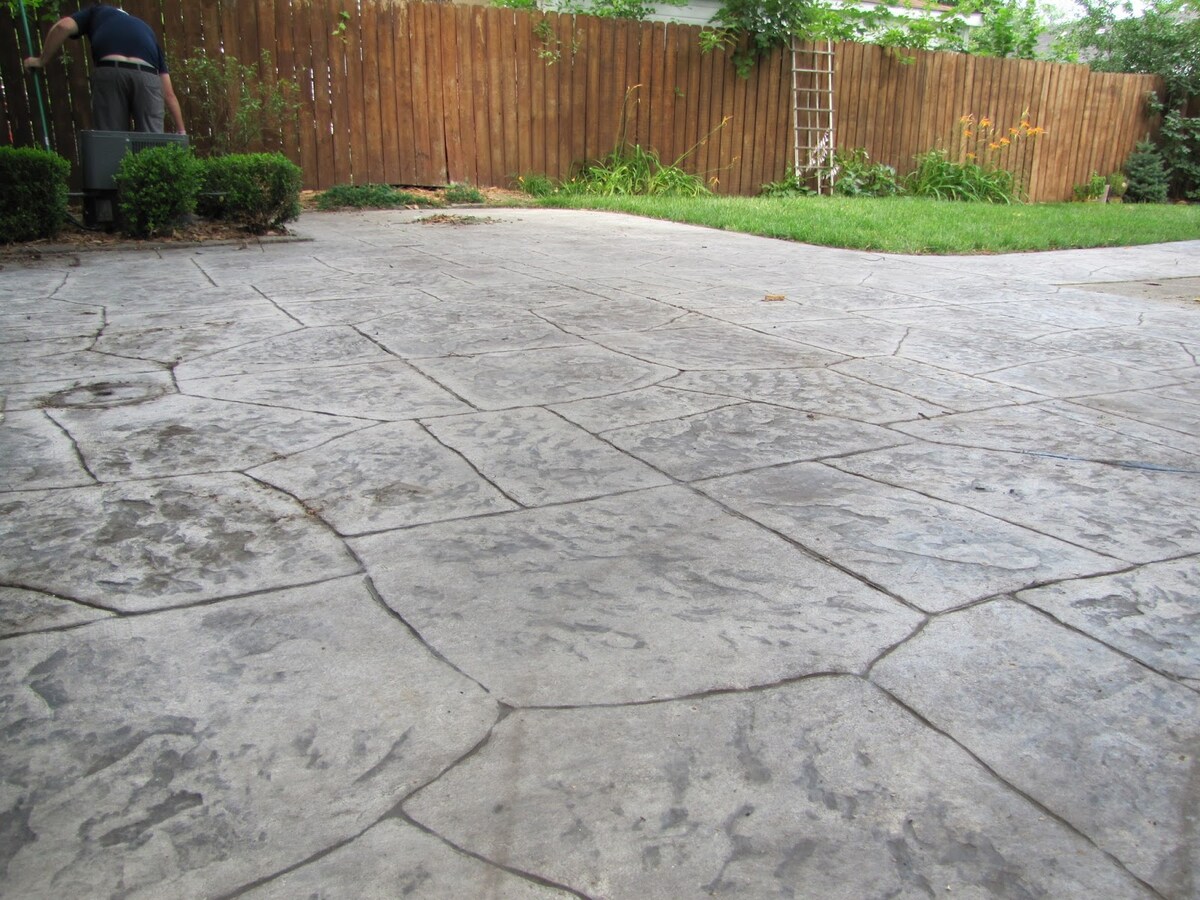
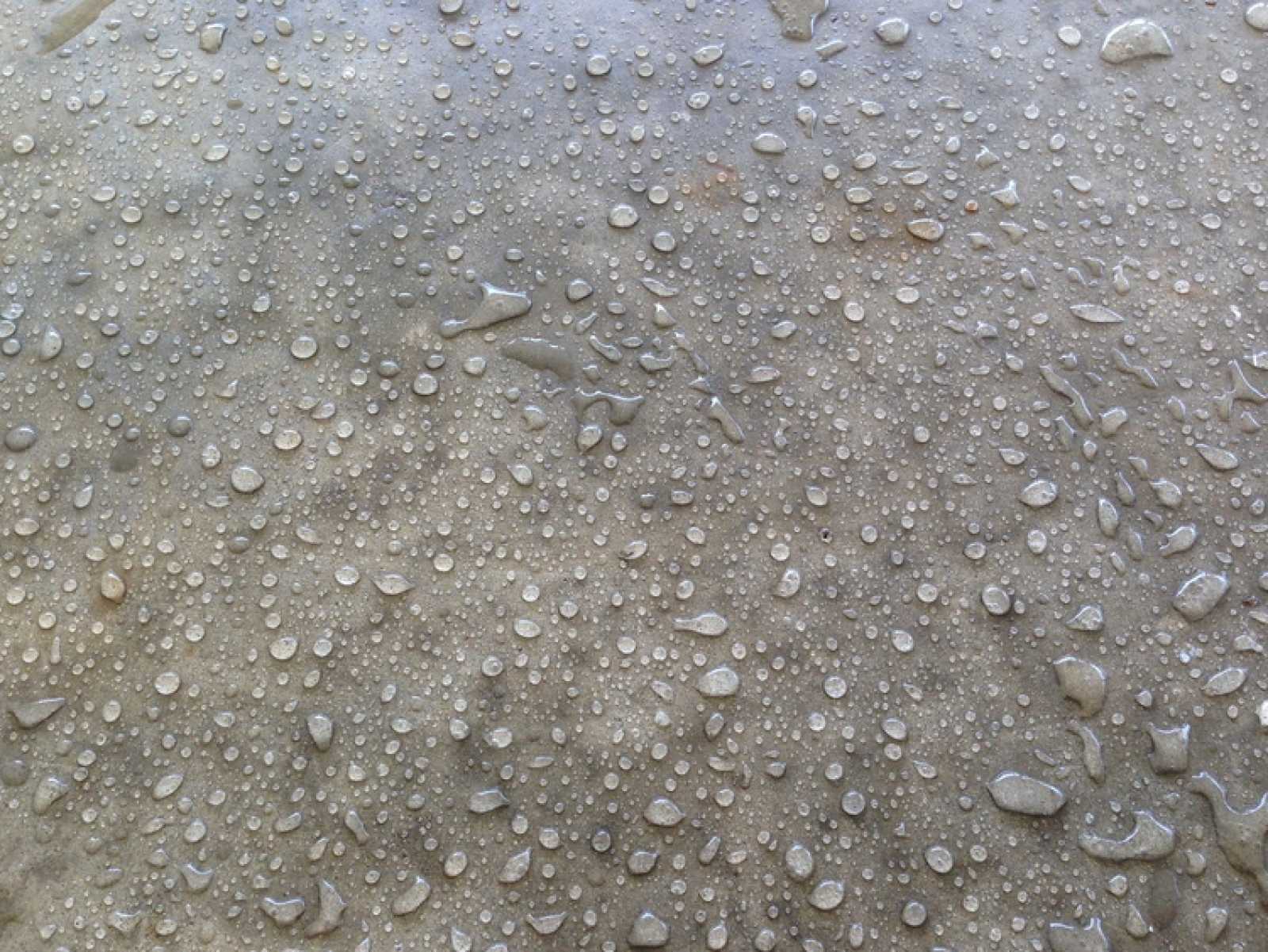
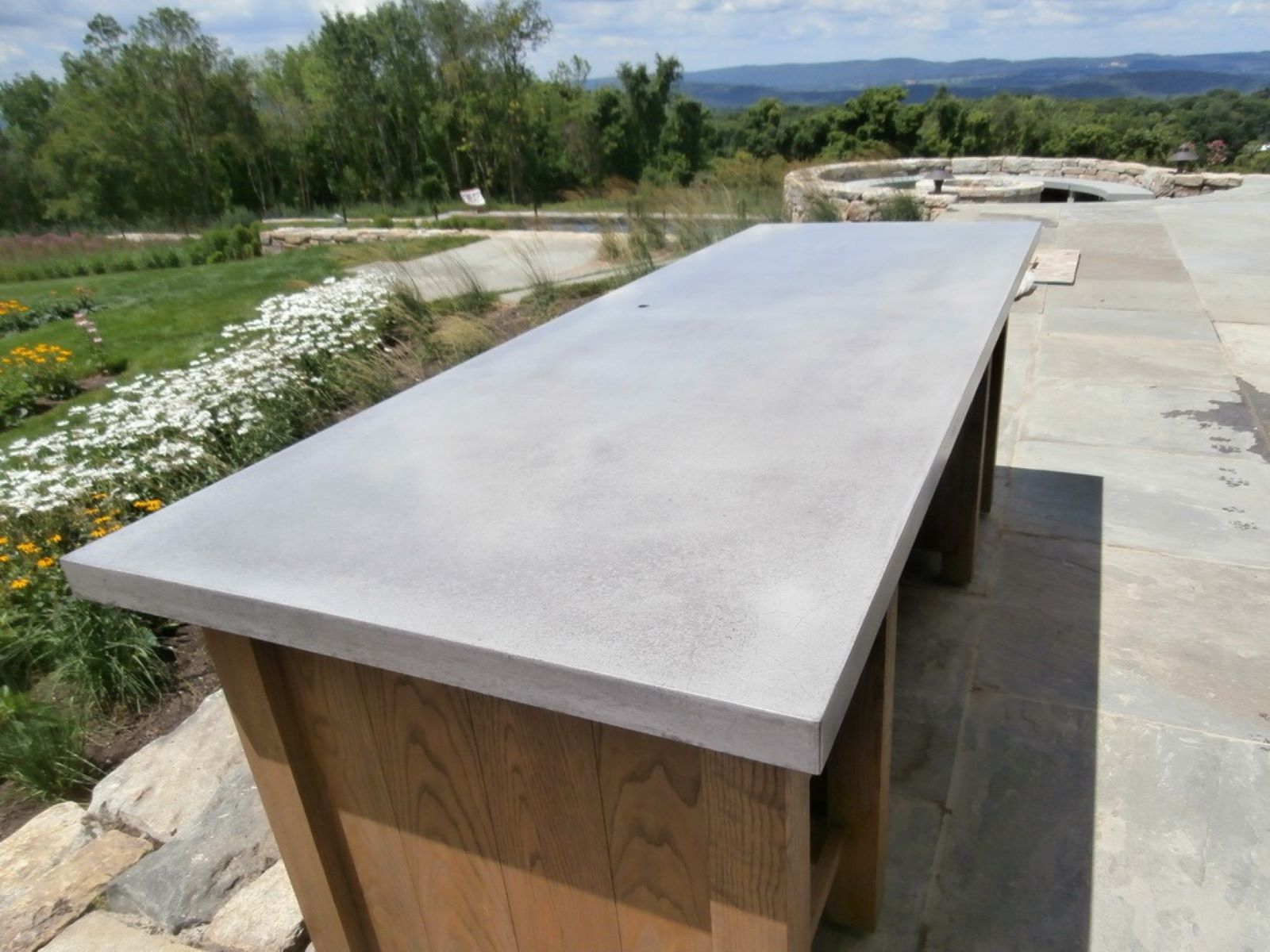
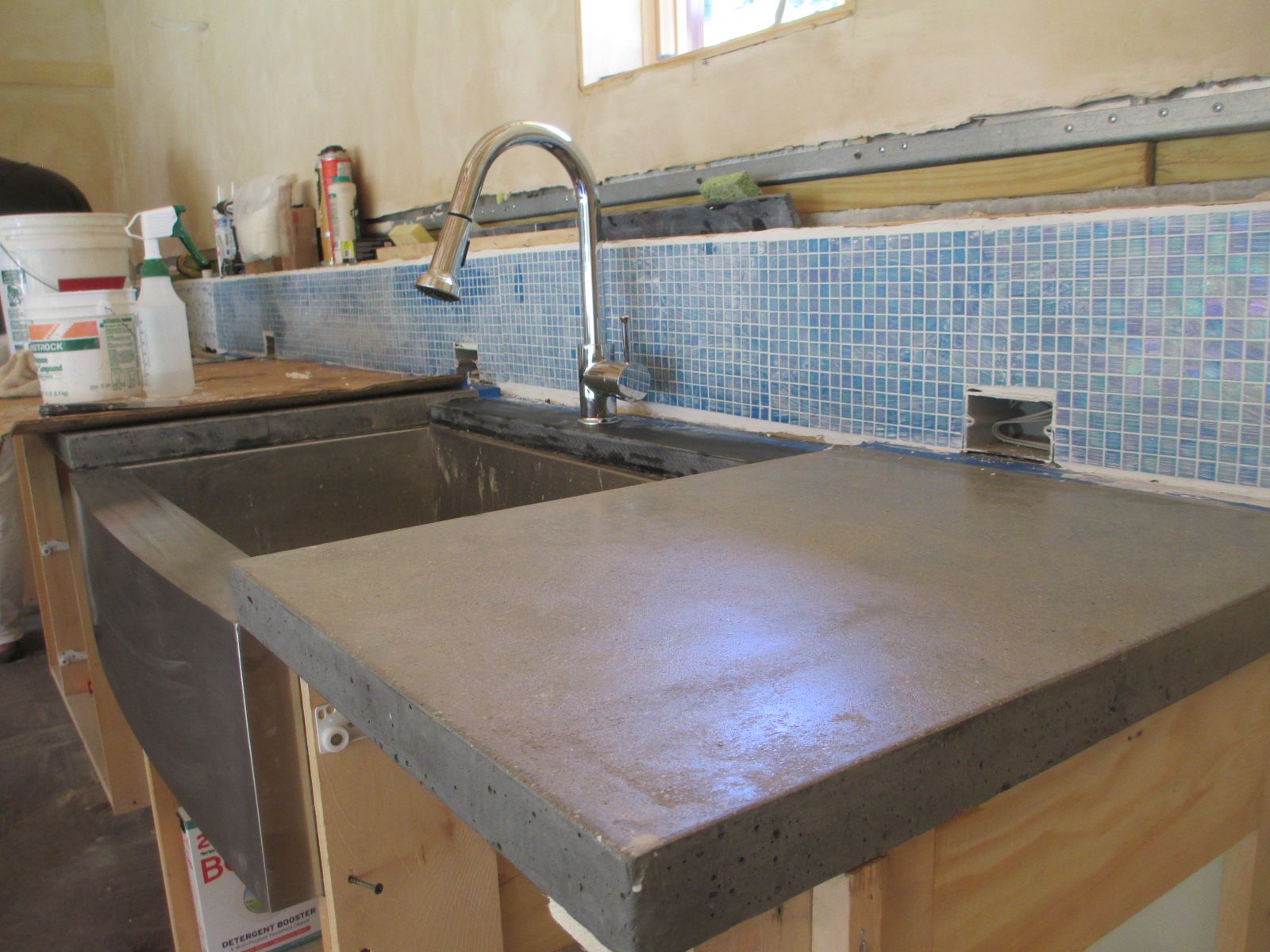
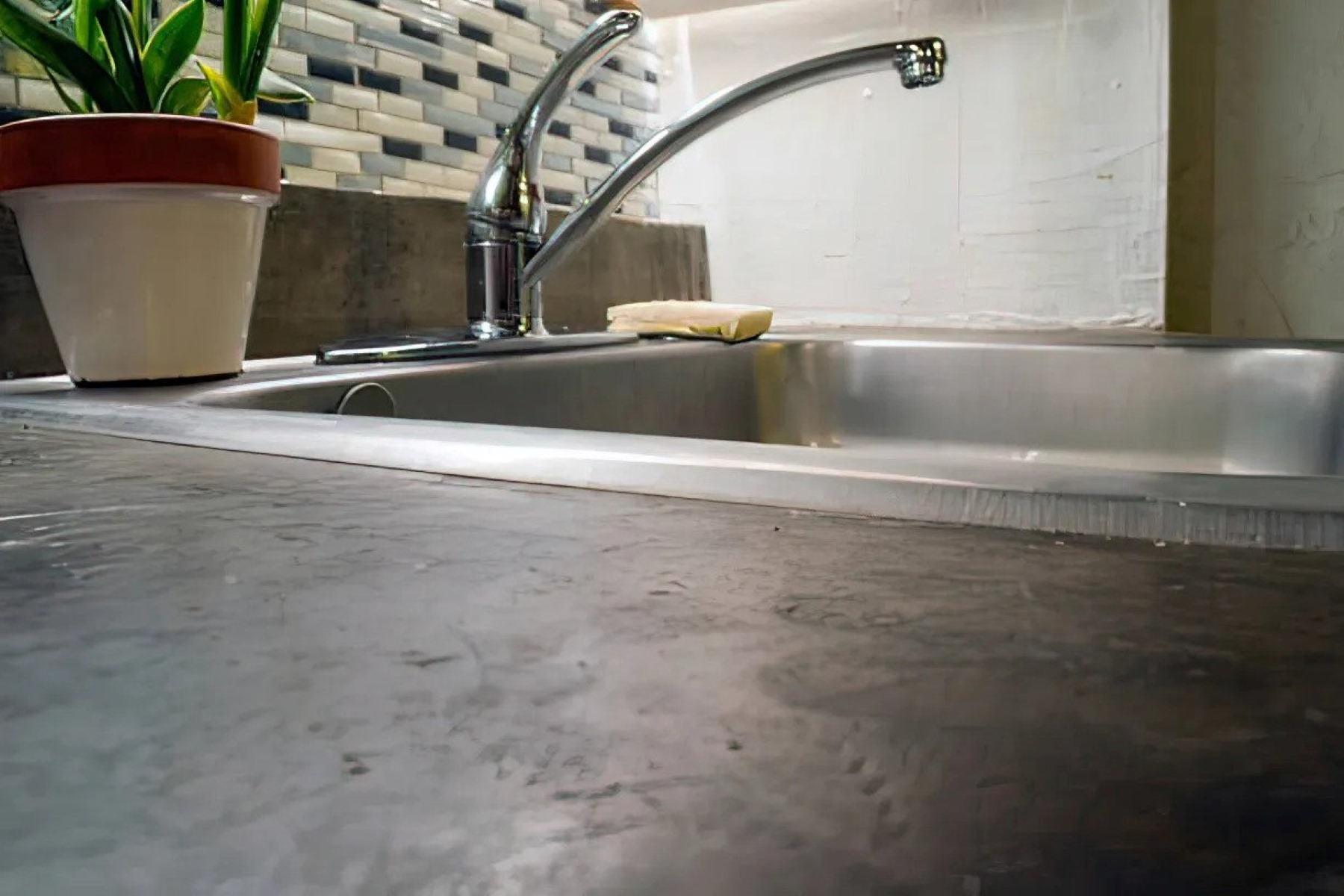
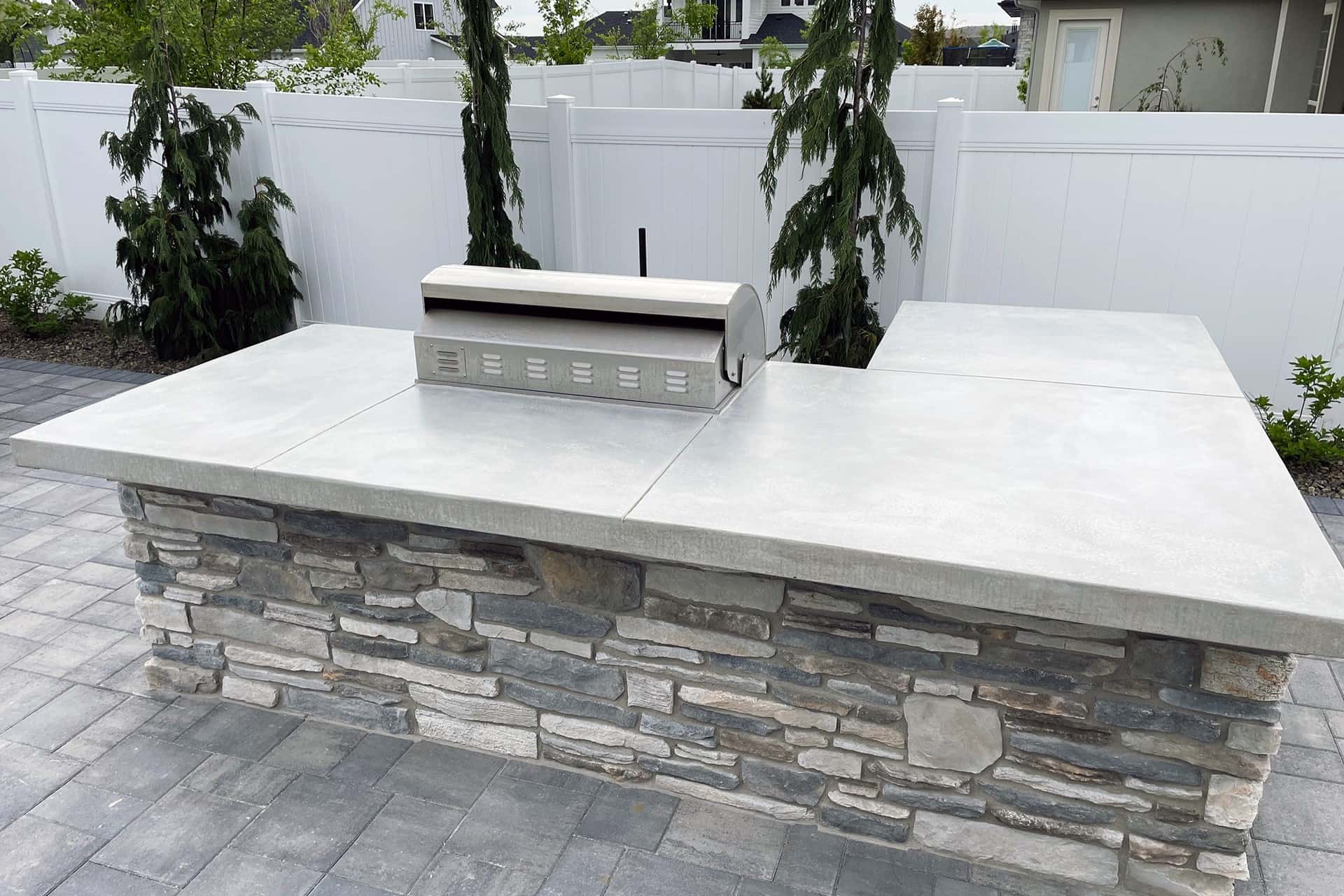

0 thoughts on “How To Seal Concrete Countertops”